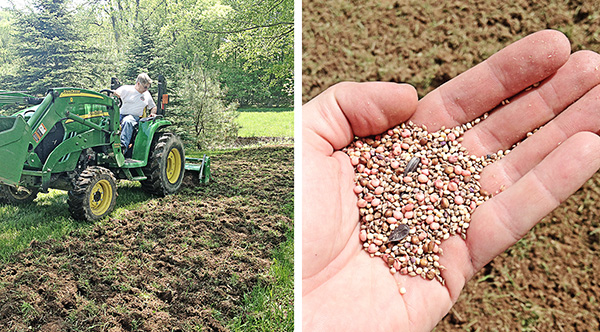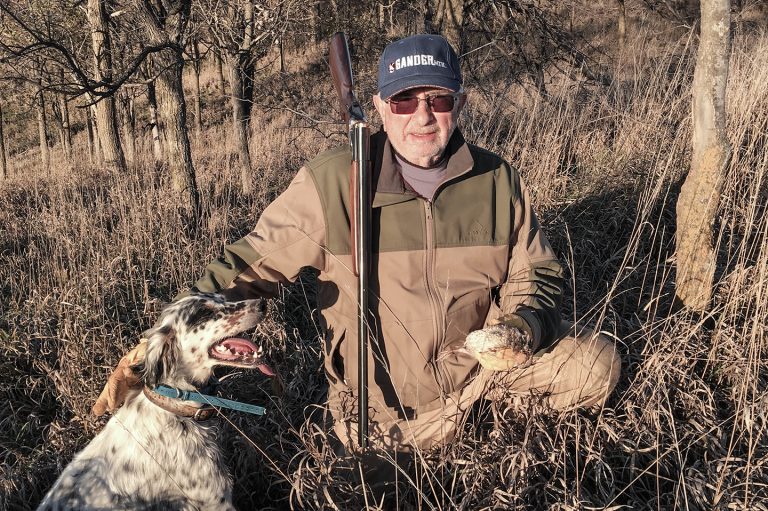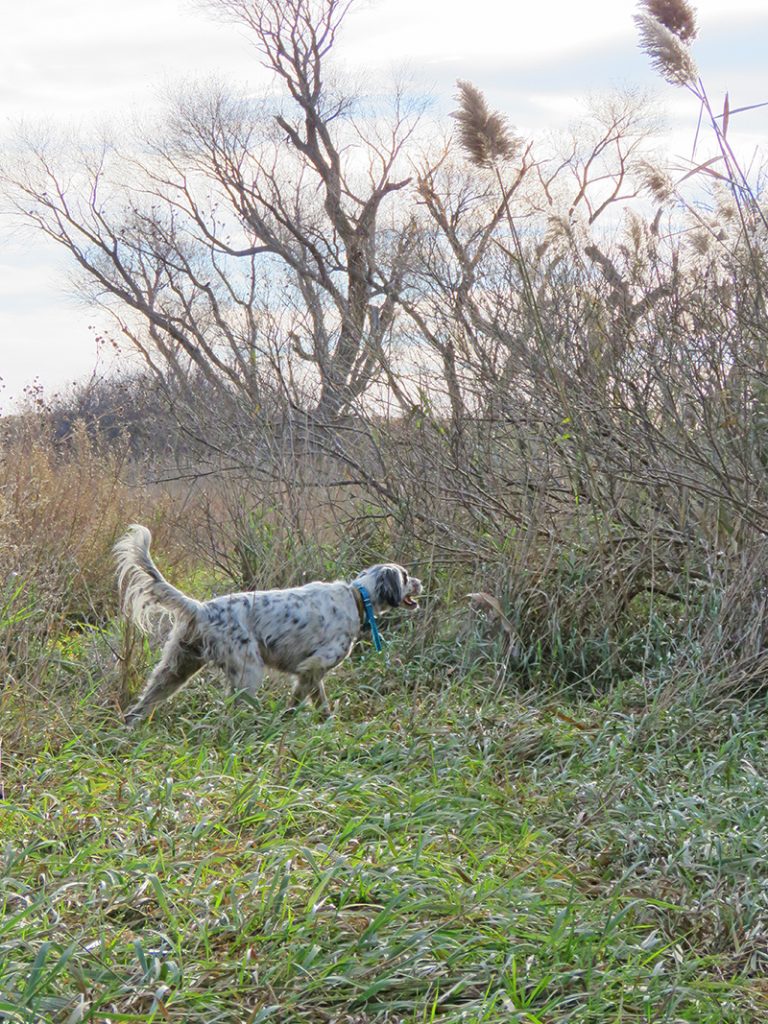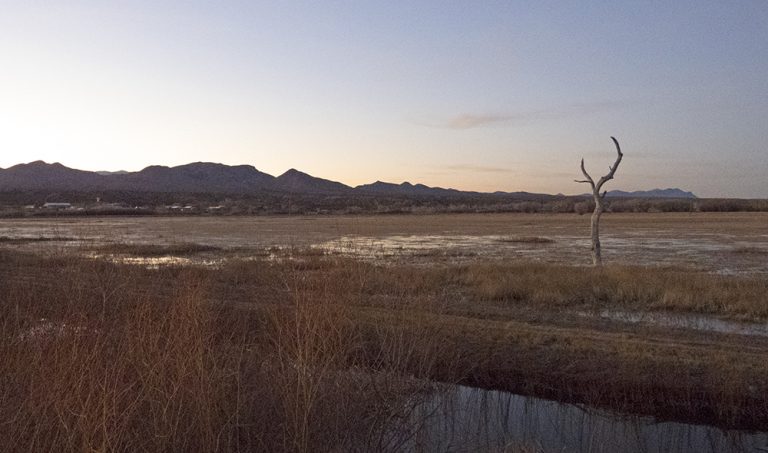California Quail

Also Goes By: Valley Quail, Blue Quail, Topknot
Like other Quail species, this is a highly social bird that lives in coveys. Like any good Californian, they love to soak up the sun. Found mainly in the southwest United States, the California Quail has been introduced to regions as far away as New Zealand.
A stylish bird, this quail has a six-feathered curving plume atop its head that will be black on males and brown on females. Males will have a colorful blue-grey chest and brown flanks streaked with white. Immature birds and females will be a grey-brown hue with a light colored belly.
This bird is less known for flying than it is for foraging, walking and scratching for food. While the California Quail will raise up in flight, it is generally done in short, explosive spurts that inevitably lead in toward nearby cover. A fan of oak woodlands, sagebrush and chaparral, this bird is fairly tolerant to human beings. In fact, it is not uncommon to see them scratching and strolling in urban parks and along the side of the road.
A covey that bathes together stays together and the California Quail is no exception to this rule. These birds enjoy a good sunny dust bath, burrowing into freshly turned soil and creating a stir. While seeking out the California Quail, it is a good idea to take notice of these bathing spots. Circular depressions of between 3 and 6 inches in diameter may be left behind in areas of soft or upturned dirt.
In addition the California Quail has a prolific set of calls. When a covey is ready to move, the call “chi-ca-go” may ring out. This is also true if a single bird has been separated from a mate or covey. When warning of danger, the California Quail will send out a sharp, high pitched “pip pip” call to alert the group.
Hunters who begin their day at dawn will find it worthwhile to imitate the “chi-ca-go” call and listen intently to the direction in which it is returned from. Often this will indicate the general location the birds’ roost. Once away from cover and foraging in the open, these birds will not remain still for very long. As the sun is setting, take care to pack it up because birds forced into exposed areas are susceptible to night time predators.
20, 16 and 12 gauges are all fine guns to bring along on the hunt. However, a .410 or a 28 are lighter guns that may also offer more of a challenge. Regardless of the gauge, a responsive gun is always best when hunting quail. In heavy cover, consider using an open choke to incur less damage to the bird and easier retrieval.
-
Backyard Bobwhite: Part 1
Is the key to restoring quail right out your back door? I grew up in small farming community in rural Northeast Ohio. It’s not considered an upland bird hot spot. But I still remember seeing wild quail when I was a kid. And I’ve verified this with others from the area. Bobwhite used to inhabit…
-
3000 Miles for One Bird
The sun is dipping into the horizon and the thermometer reads 19° when the dogs and I return to the truck after hunting the final day of upland season in Kansas. A quick check of the fitness band reveals I’ve hiked over 12 miles in eight inches of new snowfall. The dogs never stopped hunting…
-
The Quail Hunter’s Lost Code
There’s a small, back corner on a piece of public land in Kansas that my dad and I have hunted for 10 years. It’s a good walk, probably a mile and a half each way. We are always drawn to the corner because every year there is a covey of Bobwhite in this tiny, scrubby…
-
Inroads
We’ve been coming to this area of the grain belt for over 20 years. It took the locals at least seven of those to warm beyond a passing nod or the requisite finger waive to oncoming trucks. We now know many by name though most likely still recognize us only as familiar faces. Every year…
-
Embrace the Hunting Curve
I kicked off this season hunting the entire month of September without ever pulling the trigger—for birds, not for big game, not for a once-in-a-lifetime tag draw. I never even came close. True, the Himalayan Snowcock might be the most challenging hunt in the country. This was my second attempt at those demons and I…





